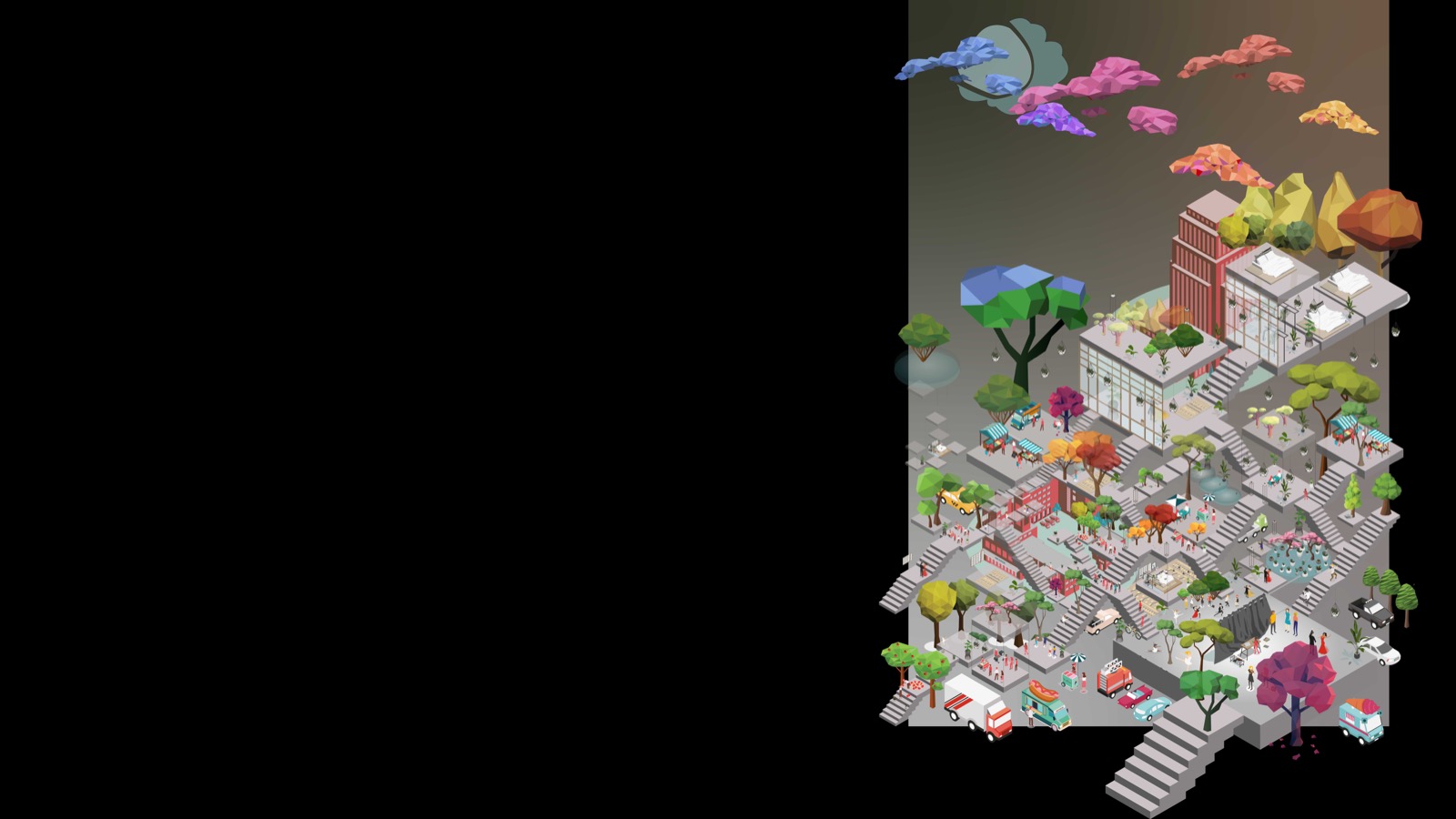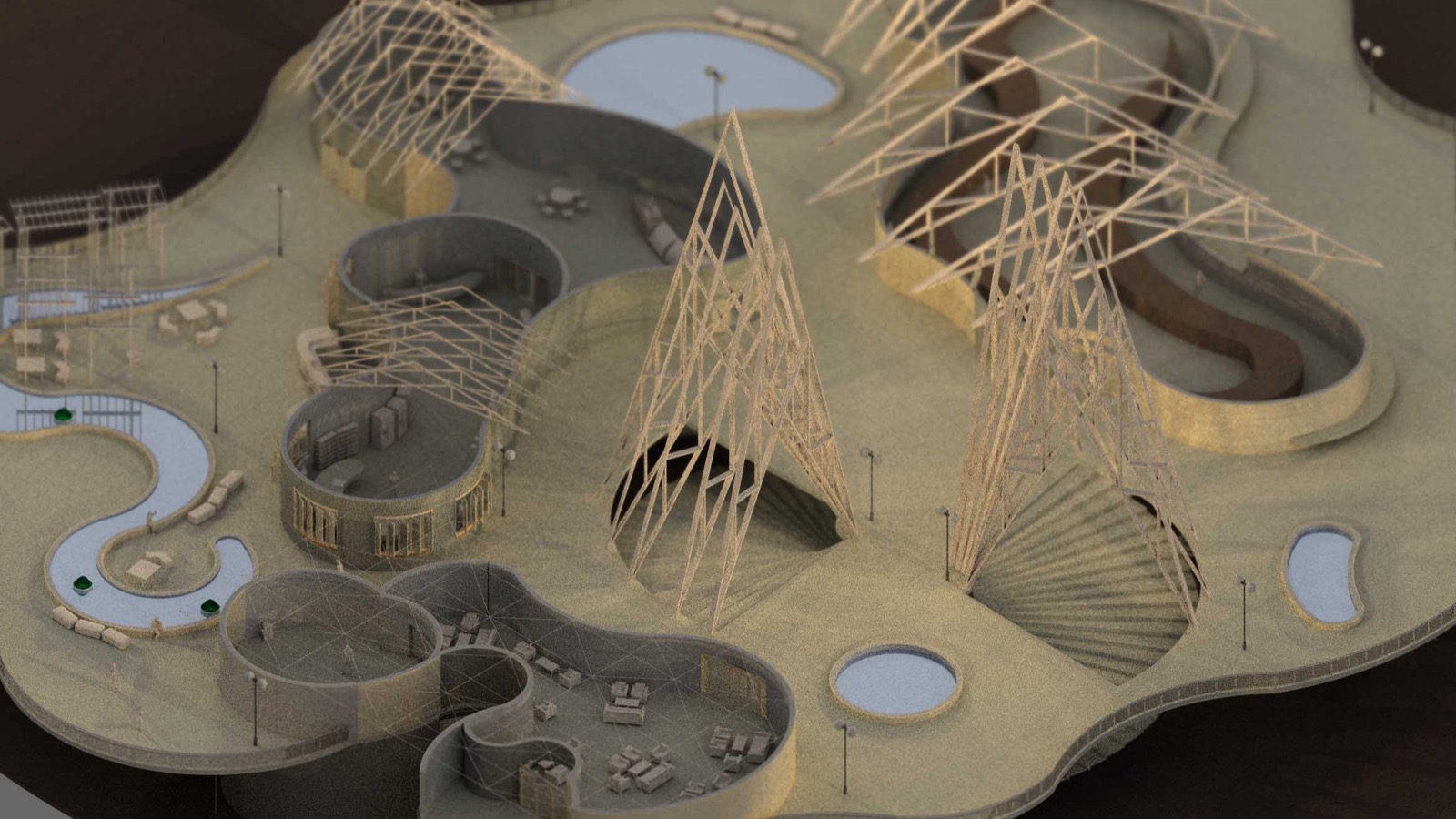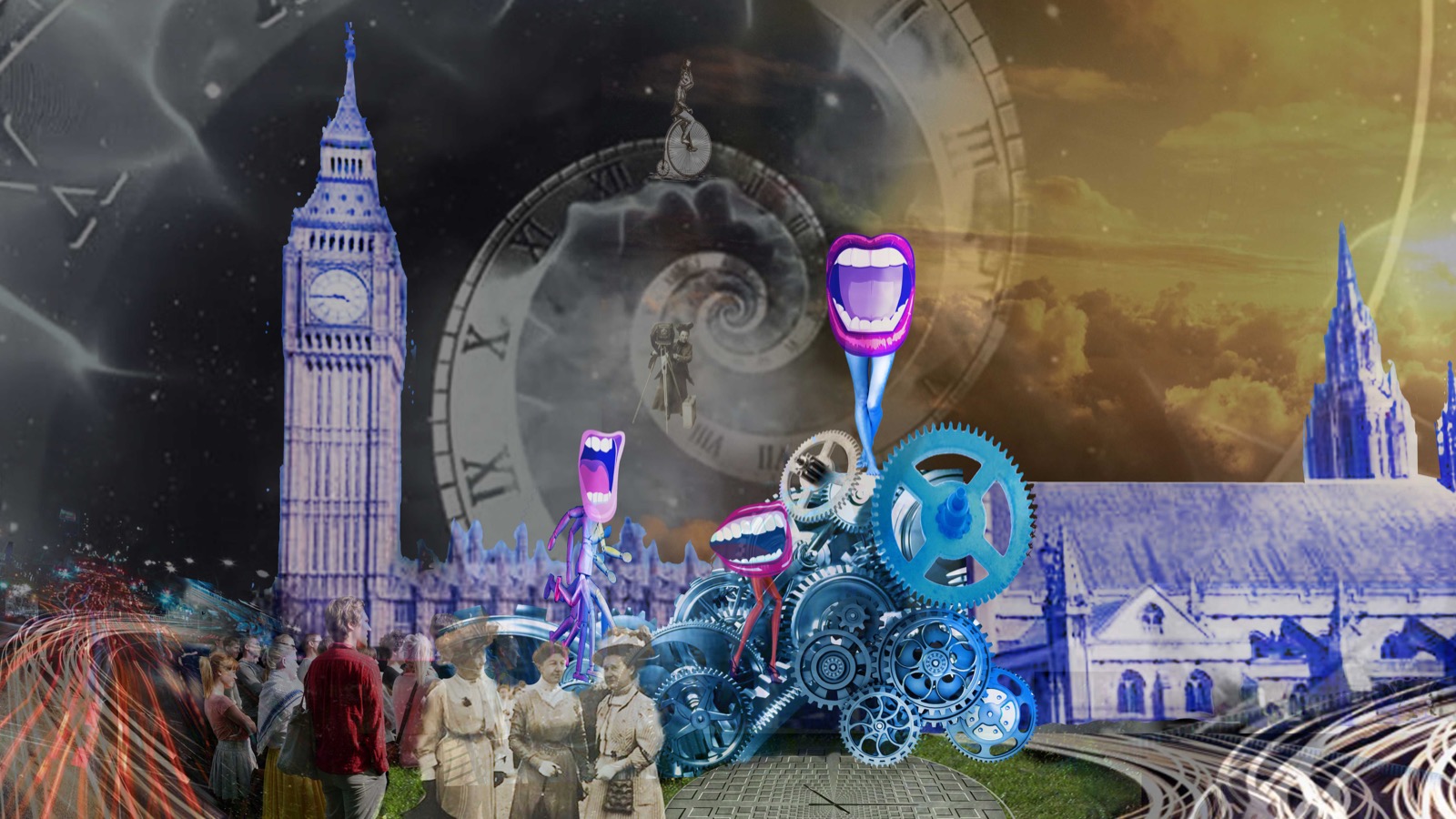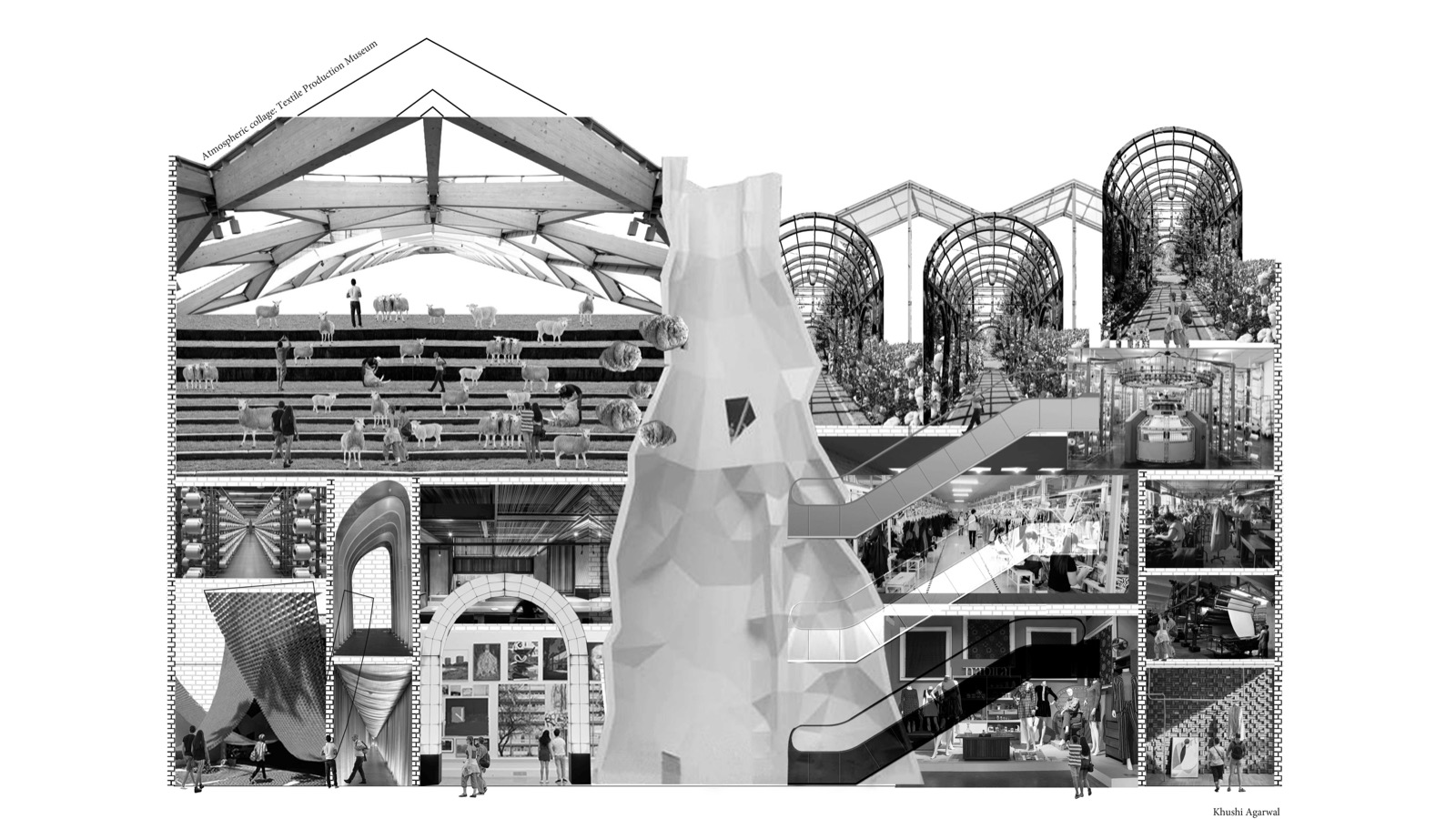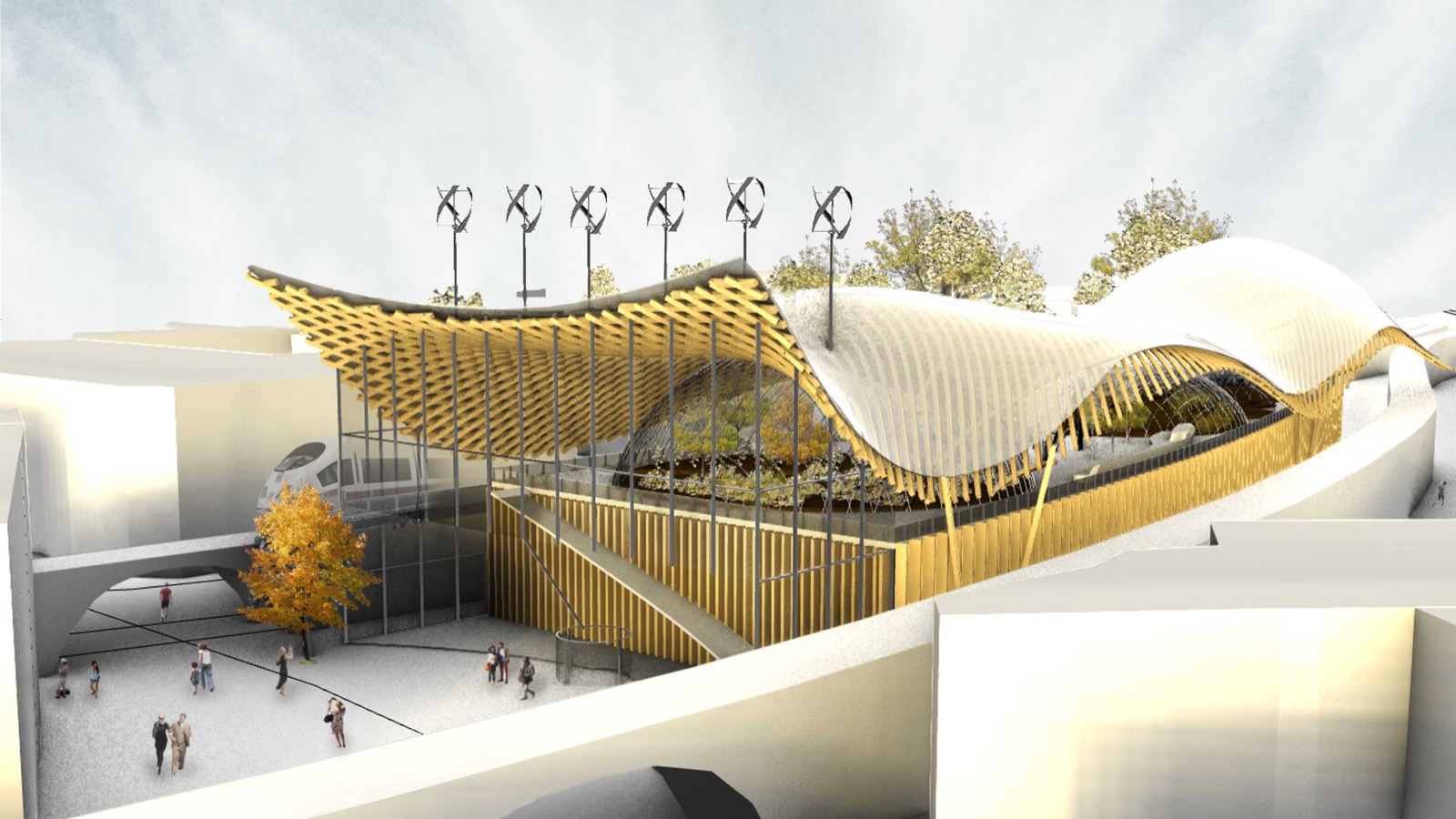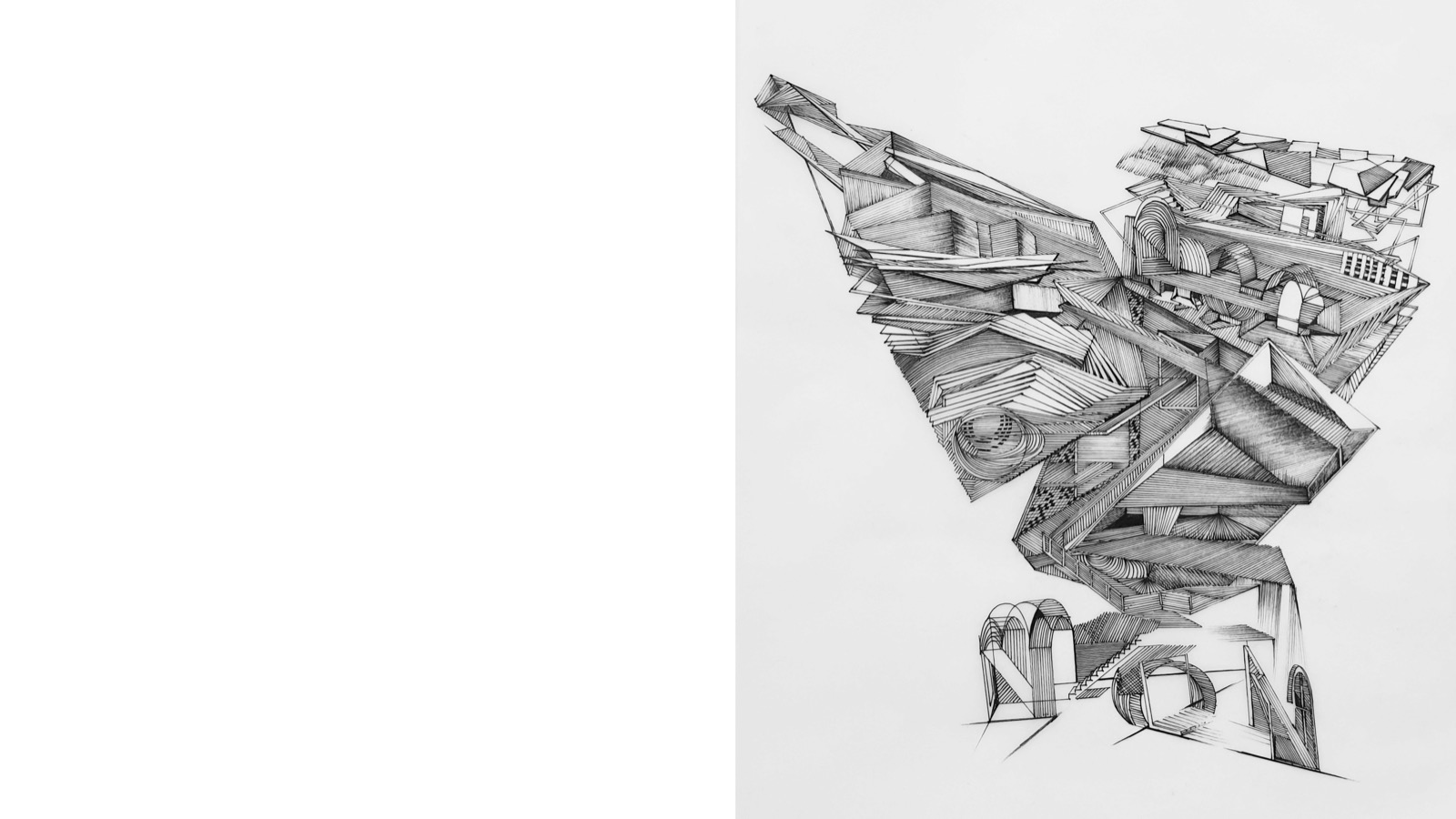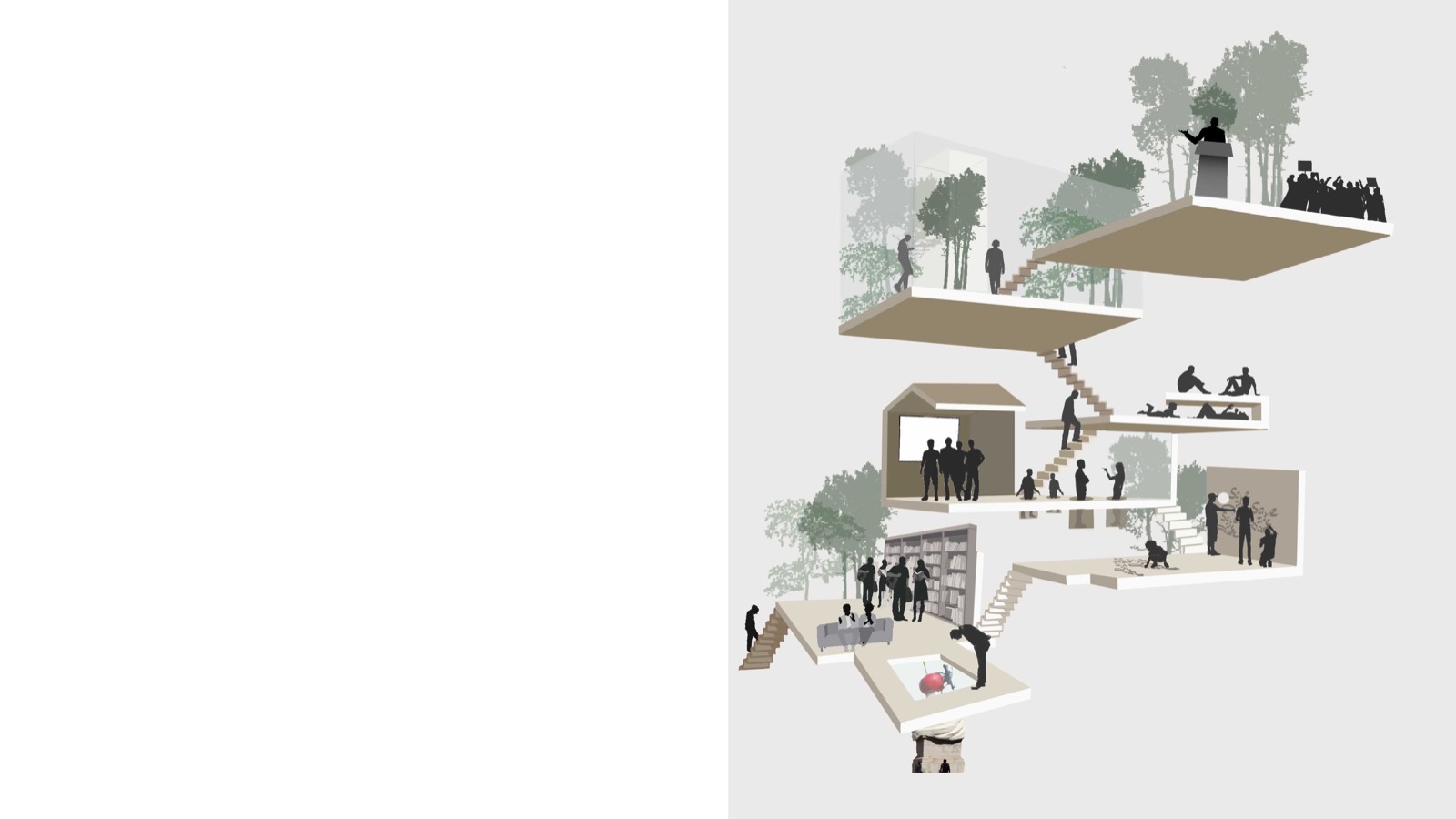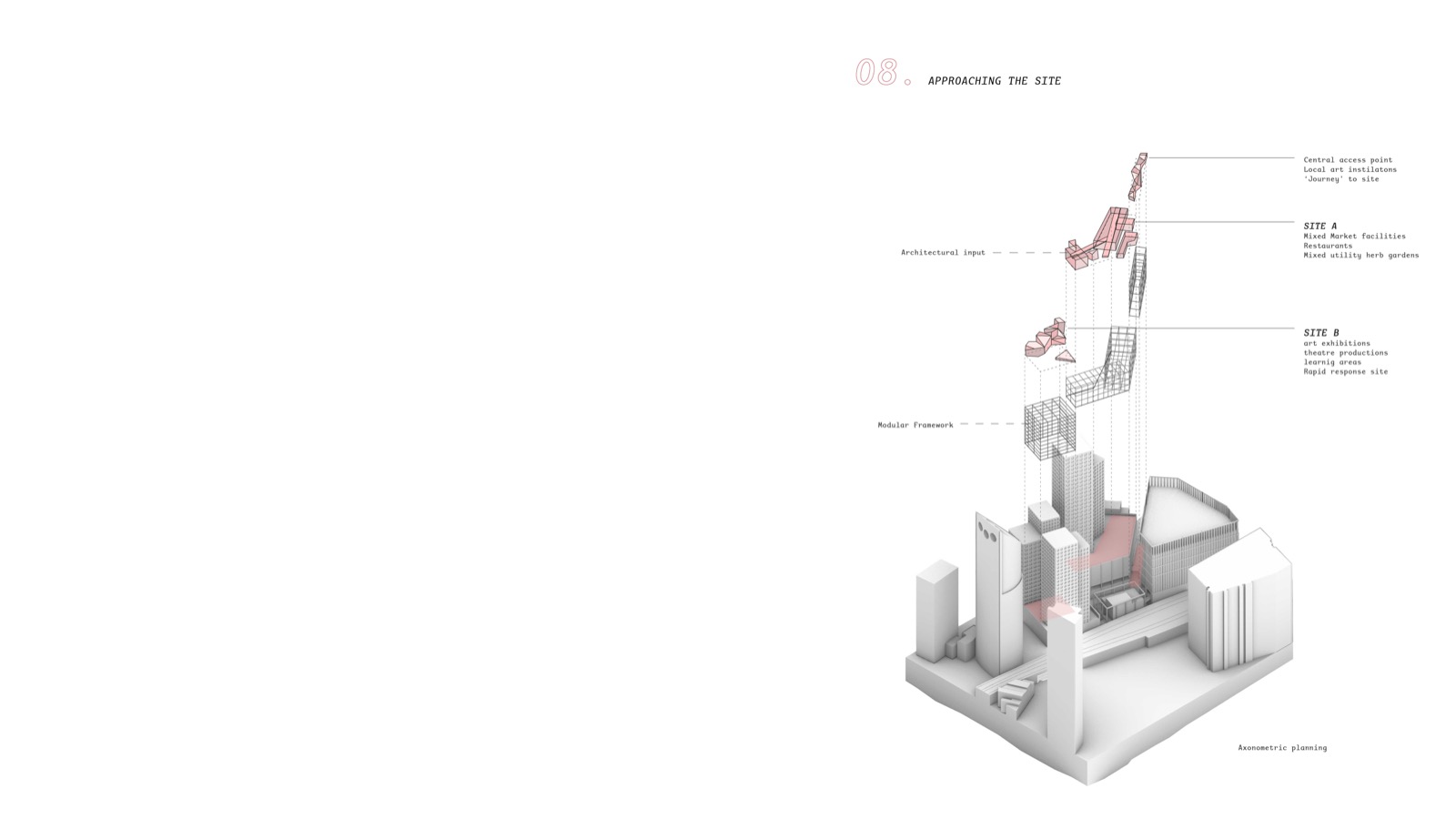Design Studio (Two) Three ARCHIVE
YEAR TWO – DS2.3
Tutors: Shahed Saleem & Michael Rose
Shahed Saleem is a practising architect and academic. His area of specialism is in researching under-represented architectural histories through participatory and other methods. He writes on the intersections between heritage, nationhood, identity and belonging.
Michael Rose graduated from the AA School of Architecture in 1971, and has been teaching architecture for over forty years. His interests lie in how architecture can enhance human experience and well-being, and how it can celebrate the multi-cultural richness of the society we inhabit.
Counter Narratives
Public space has recently come under increased scrutiny; who makes it, who uses it, what does it represent, which stories are told in it. From grand squares in European cities – which are often used as sites of power to commemorate stories of nationhood – to community gardens to high streets, public space encompasses a range of typologies and forms. These function both to unite and divide, as spaces for both ceremony and protest. But what should public space be today in cities with super-diverse populations, where a myriad of communities, histories and experiences have come together?
In this studio we started by looking at the relationship between the personal and the public, where do the boundaries lie and how can we design at the intersections. We looked at local spaces of public encounter, investigated the dynamics and mechanics of these, and asked if architecture can enable meaningful intercultural interactions. We then looked at how public space and architecture inter-relate on a larger, civic scale, and explored the historical roots of significant public spaces. We asked what kind of architecture might re-signify and re-activate public for our contemporary and complex times.
We then progressed these ideas to look specifically at development projects in London that provoked contestations over public and civic space. Students explored the issues behind these developments, from commercial to council interests, and also engaged with the public opposition to these schemes. Taking all of these dynamics on board, students proposed their own counter narratives, alternative proposals that offered new insights and challenges to the established narratives of city-making.
Through this process we found that the development of the city entails a highly complex series of interconnections: between memory, history, nostalgia, fantasy, ambition, self-interest, community, care. As architects, we need to understand this complexity, synthesise many strands of knowledge and information, and decide how we want to act and what story we want to tell.










